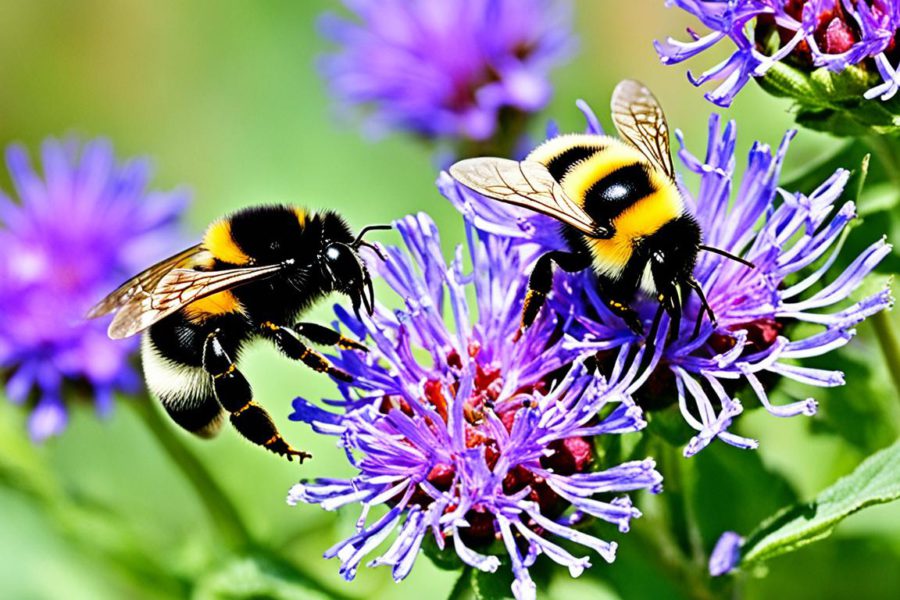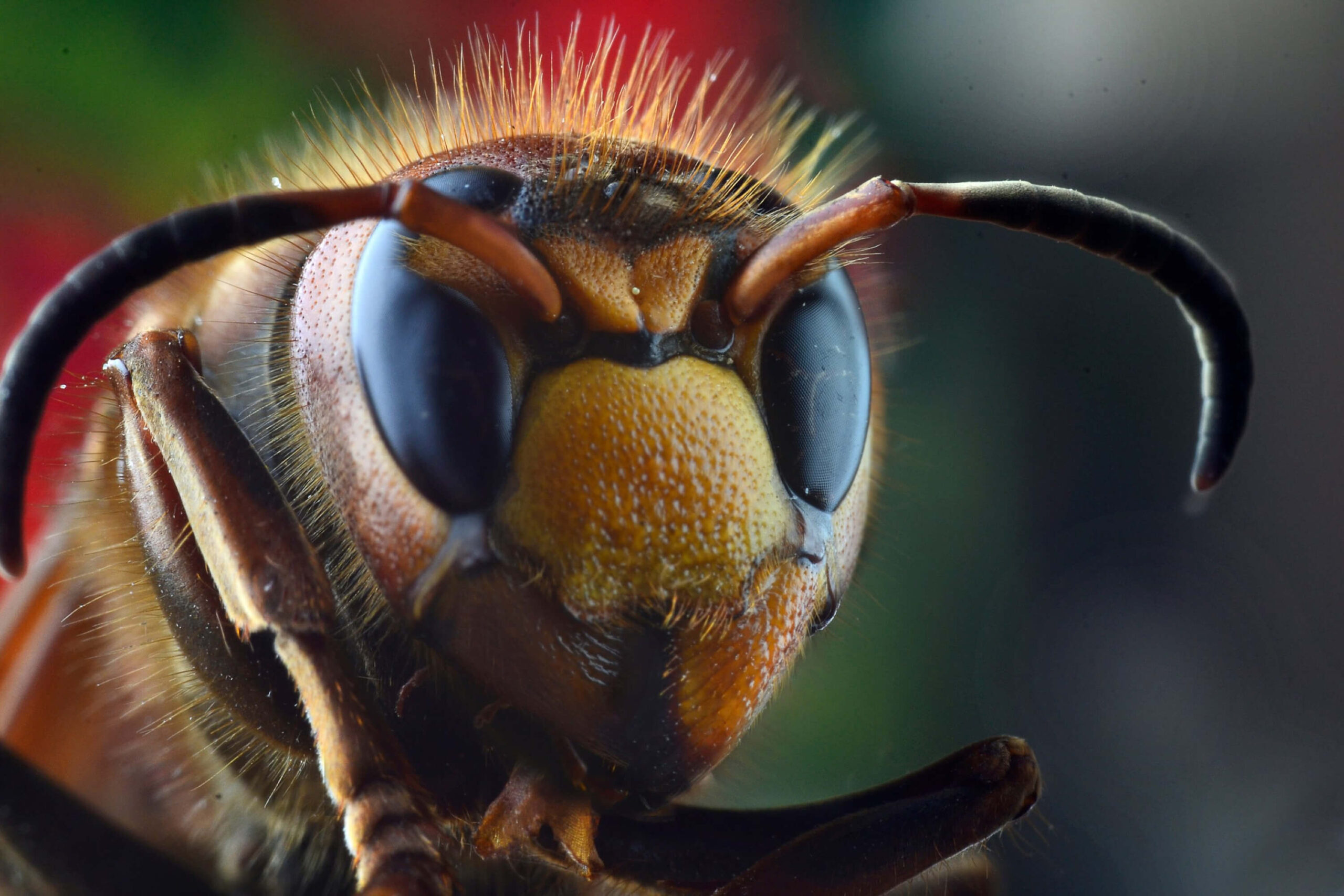
Do Bumble Bees Sting? Buzzing Into The Facts
When I’m outdoors savoring the sunny delights of a backyard barbecue or enjoying the serene ambiance of a garden picnic, I often find myself in the company of inquisitive bumble bees. Attracted by the tantalizing aromas, these fuzzy visitors may seem like they’re out to buzz right into my business, but what’s really on their minds?

The Mystery Behind How Can Bees Fly at Night
Have you ever wondered what bees do around the clock? Yes, as we all know, they are busy during the day gathering nectars and pollens from the flowers, but what about at night? Can bees fly at night too? Do they also work at night?
